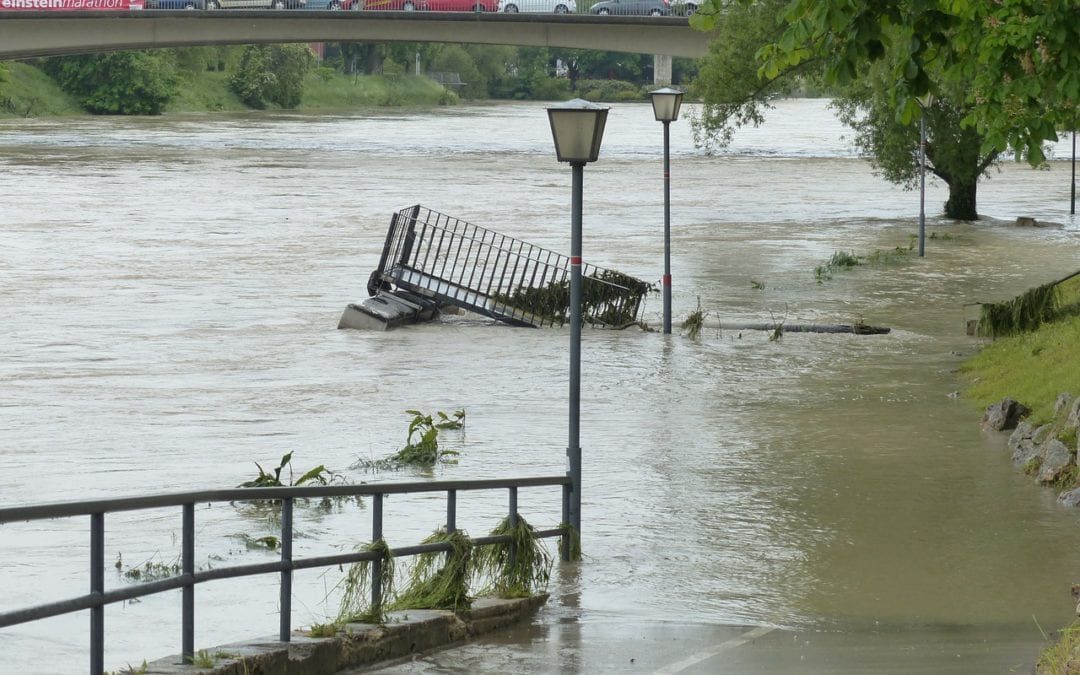Natural disasters like wildfires, tornadoes, and floods can catch us off guard — even in Kyle —- if we’re not prepared. When we have pets who depend on us, it’s especially important to consider a disaster preparedness plan.
Quick tips before unpredictable weather hits Kyle:
-Have your pet microchipped with updated contact info in case of separation
-Make sure your pet has a collar with a rabies tag
-Know who gets who (who will get the pets, who will get the kids, where to meet up in the house)
-KNOW your evacuation routes and find pet-friendly hotels along it.
-Place emergency stickers near your front door for EMS to know who they’re looking for – # pets who live at home; if you leave, note it on the sticker
-Make a bin full of supplies for both humans and pets including:
- At least 3 days of water
- At least 3 days human food (mostly nonperishables)
- At least 3 days pet food – even if you don’t have pets you will likely come across someone that is in need of help with their pets
- Extra leash/collar
- First aid kit
- Sanitary supplies – wet wipes, toilet paper
- Towels/blankets
- Light/power source – flashlights, mini-solar panels, glow sticks
- Crank powered radio
- Paper maps
- Pet carrier – especially for cats and small dogs
- Cat litter for cats
- Picture of you and your pets, to aid in proof of ownership if separated
- Pet records and medications
When returning home after an emergency situation, there are a few things to consider as well:
-Leash your pets when they are outside. Familiar scents and landmarks may be altered and your pet may become confused and lost.
-Do not leave pets unattended and off-leash. Sharp objects, downed electric lines, fallen trees and other debris, or contaminated water, as well as raccoons, skunks, or other wild animals that might have entered the area, could present hidden danger to your pet.
-Check your water quality before giving it to your pet to drink. Use bottled water until public water is deemed safe.
-Use proper disinfecting techniques for water or mold damage, taking special care in areas where your pet sleeps.
For more information, view this recent interview that Dr. Rob Calabdrese did with KVUE.

